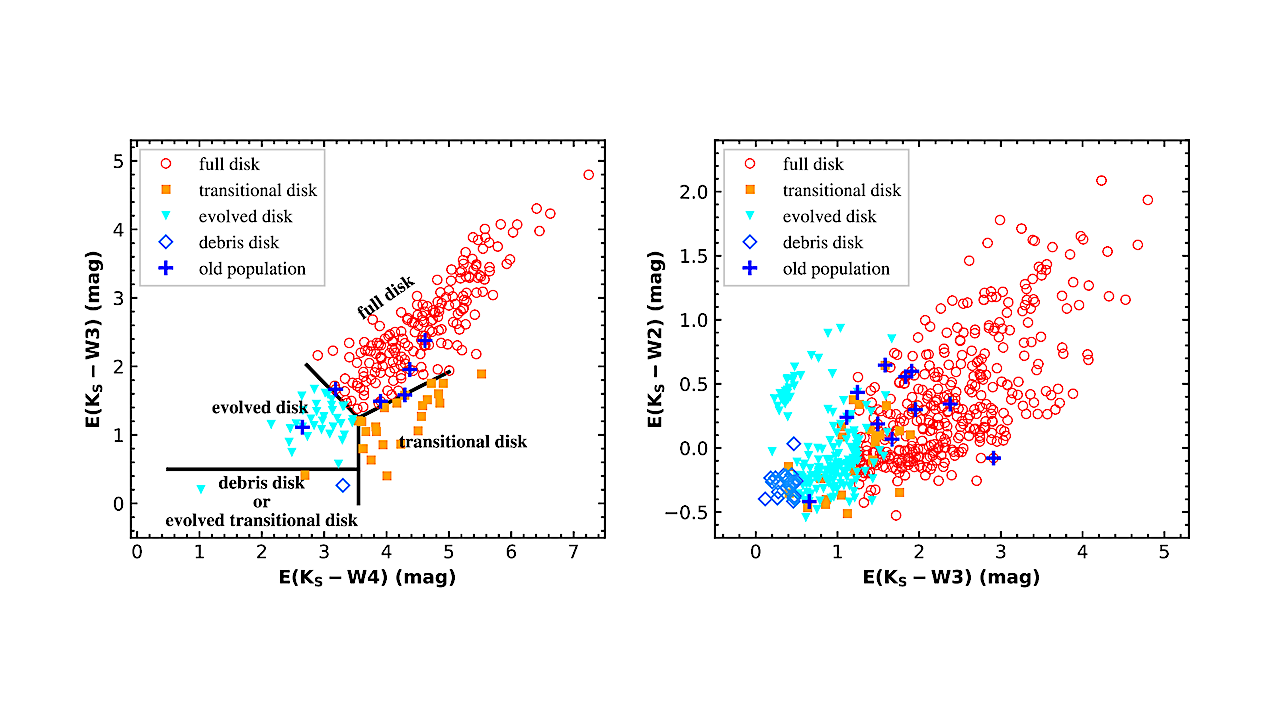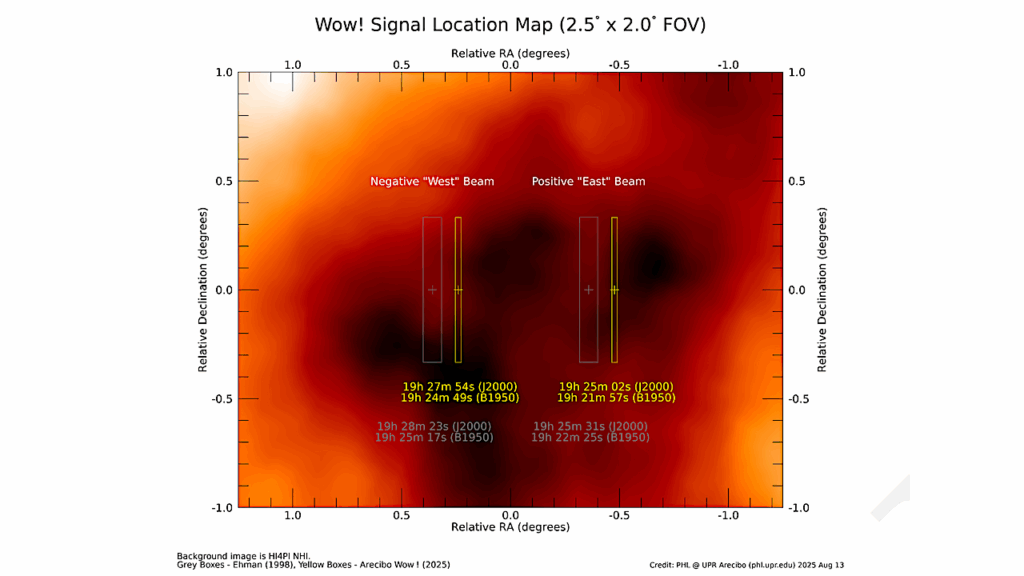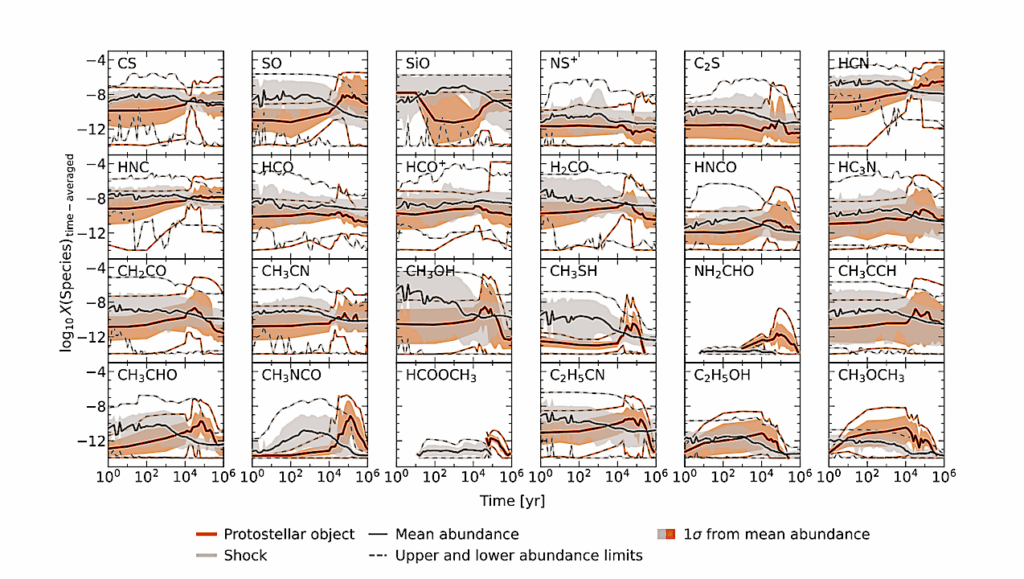LAMOST Reveals Long-lived Protoplanetary Disks

While both observations and theories demonstrate that protoplanetary disks are not expected to live much longer than ∼10 Myr, several examples of prolonged disks have been observed in the past.
In this work, we perform a systematic search for aged YSOs still surrounded by protoplanetary disks in the M star catalog from the LAMOST archive.
We identify 14 sources older than 10 Myr, still surrounded by protoplanetary disks and with ongoing accretion activities, significantly improving the census of the category known as the Peter Pan disks.
The stellar parameters, variability and accretion properties of these objects, as well as their spatial distribution, are investigated. Nearly all of these objects are distributed far away from nearby associations and star forming regions, but show evidence of being members of open clusters.
Investigating the correlation between mass accretion rates and stellar masses, we find these long-lived disks accrete at systematically lower levels, compared to their younger counterparts with similar stellar masses. Studying the evolution of mass accretion rates with stellar ages, we find these aged disks follow similar trend as young ones.
Xiao-Long Wang, Min Fang, Yao Liu, Miao-Miao Zhang, Wen-Yuan Cui
Comments: 24 pages, 12 figures, 2 tables, Accepted for publication in AJ
Subjects: Astrophysics of Galaxies (astro-ph.GA)
Cite as: arXiv:2501.04295 [astro-ph.GA] (or arXiv:2501.04295v1 [astro-ph.GA] for this version)
https://doi.org/10.48550/arXiv.2501.04295
Focus to learn more
Submission history
From: Xiao-Long Wang
[v1] Wed, 8 Jan 2025 05:42:32 UTC (1,726 KB)
https://arxiv.org/abs/2501.04295
Astrobiology,








